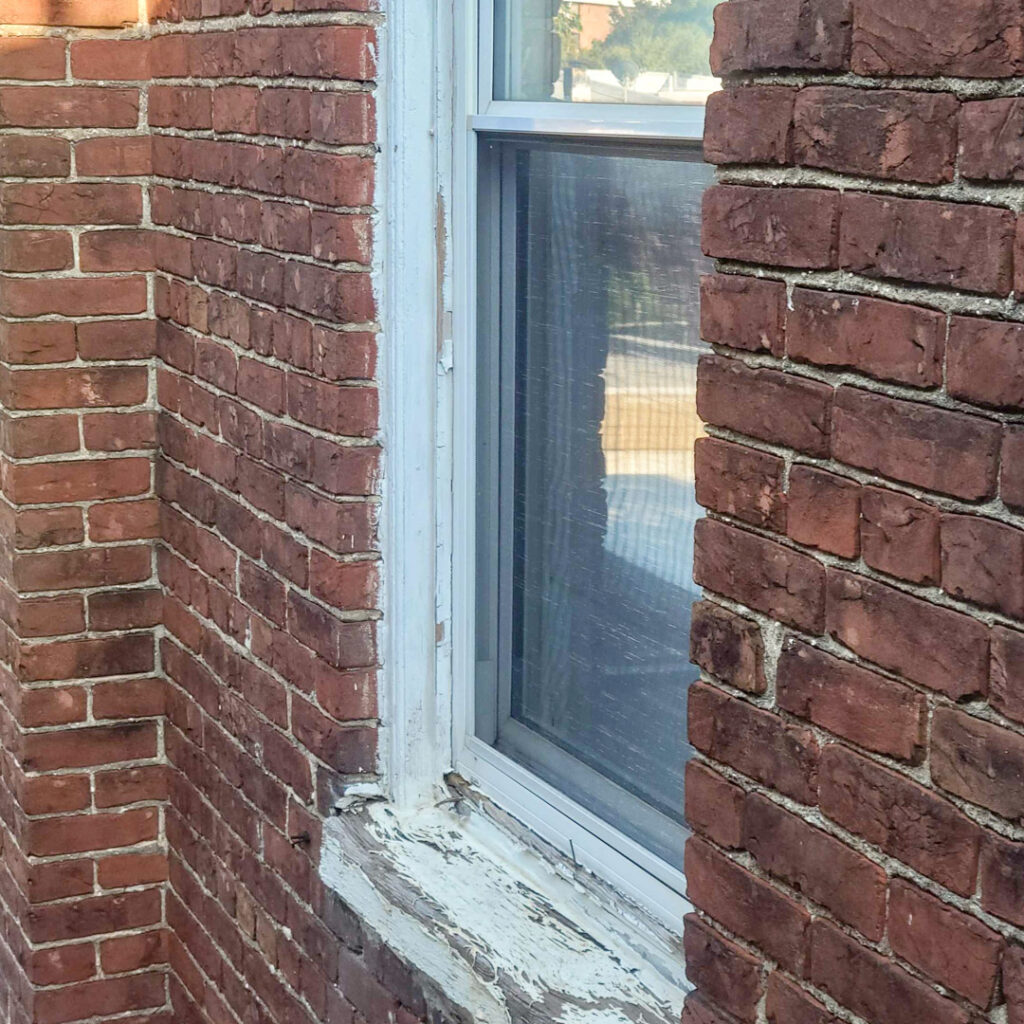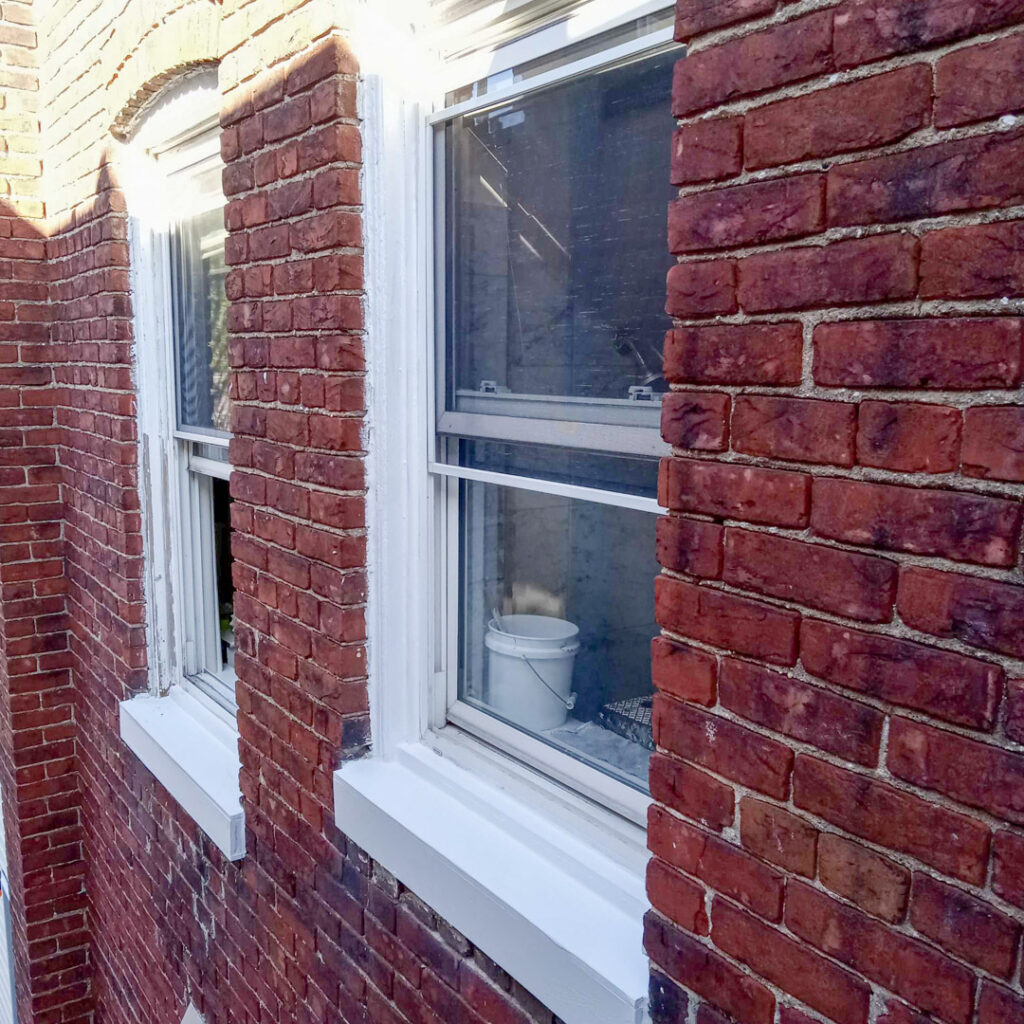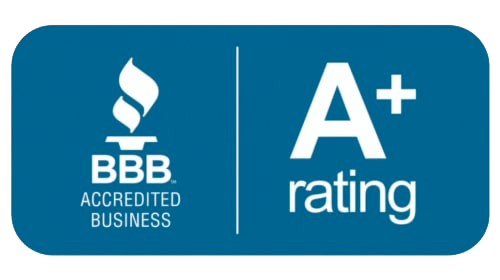 Homes in Takoma Park, MD, Clifton, VA, and other areas in the Washington, DC region have an abundance of wood material used in their construction. Wood is used for structural purposes; including framing, beams, attic, roof deck, and staircase. However, tiny cracks can appear with time, allowing water, insects, and pests to enter, leading to wood rot and damage to your home. Wood rot is like cancer, as it continues to spread until repaired or replaced. Here are some handyman tips on how to repair and prevent wood rot.
Homes in Takoma Park, MD, Clifton, VA, and other areas in the Washington, DC region have an abundance of wood material used in their construction. Wood is used for structural purposes; including framing, beams, attic, roof deck, and staircase. However, tiny cracks can appear with time, allowing water, insects, and pests to enter, leading to wood rot and damage to your home. Wood rot is like cancer, as it continues to spread until repaired or replaced. Here are some handyman tips on how to repair and prevent wood rot.
What is Wood Rot
Wood rot is the deterioration of wood caused by moisture and fungus. Left unchecked, it can worsen, weakening structural integrity and causing significant damage. The primary culprit behind wood rot is moisture. Keeping wood dry can be challenging here in the DC region, with its fair share of rain and humidity. Poor drainage around the foundation, clogged gutters, and leaky roofs can all contribute to excess moisture near wood surfaces.
Additionally, inadequate ventilation traps moisture, creating a breeding ground for fungus. The good news is with some know-how, you can identify, repair, and prevent wood rot in your DC-area home.
Wet Wood Rot vs. Dry Rot: What’s the Difference?
While both are detrimental, it’s important to distinguish between wet rot and dry rot. Wood rot, as mentioned earlier, thrives in moist environments. Dry rot, conversely, can occur in drier conditions, feeding on cellulose within the wood itself. Dry rot is typically more extensive and crumbly, with a reddish-brown appearance. Wet rot tends to be spongy and brown, with a musty odor.
How to Repair It:
The extent of repair depends on the severity of the rot. Here are the steps to repair wood rot:
- Identify the source of moisture: Fix leaky roofs, clogged gutters, or any other plumbing issues.
- Contain the damage: Remove all rotted wood using a screwdriver, chisel, or a dedicated wood rot removal tool.
- Treat the remaining wood: Apply a fungicide to prevent further fungal growth.
- Replace damaged wood: Use pressure-treated lumber for areas exposed to moisture.
Consult a JWHI professional handyman for repairs for extensive damage or structural concerns.
Preventing Wood Rot in Washington, DC:
To prevent wood rot, it’s essential to regularly check the exterior of your home for signs of moisture intrusion, such as peeling paint or warped wood. Adequate drainage around your foundation can be ensured by grading the soil away from the house and keeping gutters clean. Consider installing an attic fan to improve air circulation in attics. Trimming trees and bushes away from your home is also advisable to prevent moisture accumulation. Lastly, apply a water-repellent to protect exposed wood surfaces and repaint regularly.
Wood Rot Isn’t the Only Threat
Wood rot is one of many concerns you face with excess moisture. These conditions can also allow mold to take hold and grow, posing potential health risks. Termites, those destructive insects, are another enemy that thrives in damp environments. They eat the wood, which can eventually cause severe structural issues. So, repairing and preventing wood rot is not just about maintaining the aesthetics of your home; it’s about ensuring the safety, longevity, and overall health of your property.

DMV Wood Rot Repair – DC – MD – VA
Do you suspect wood rot? JWHI’s professional handyman services can help with wood rot repairs. With JWHI’s extensive experience and expertise in wood rot repairs, you can be confident in the quality of our services.
We’re licensed in DC, MD, and VA, so you can trust that our skilled professionals have the electrical, plumbing, and construction expertise to perform many interior and exterior home services. To begin, contact JW Home Improvement at (703) 899-3129, and our team of experts will handle everything for you. You can also contact us online for a free estimate.


